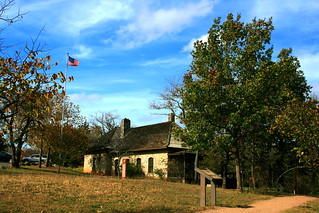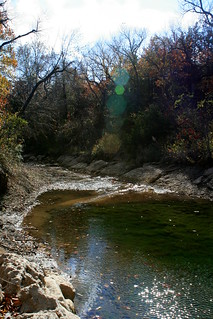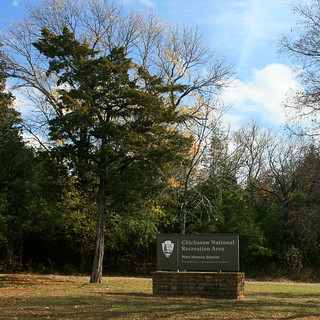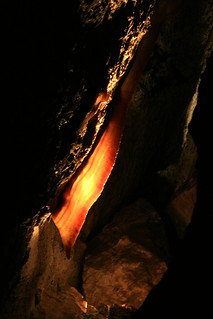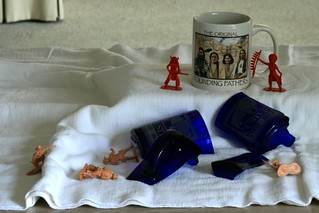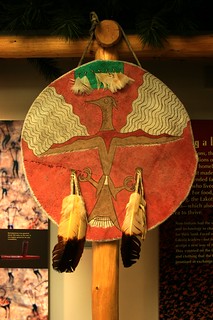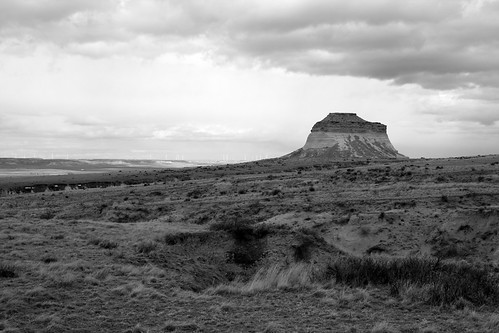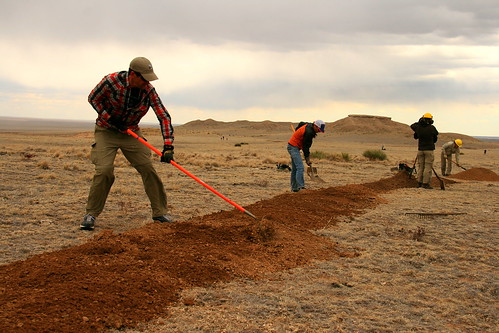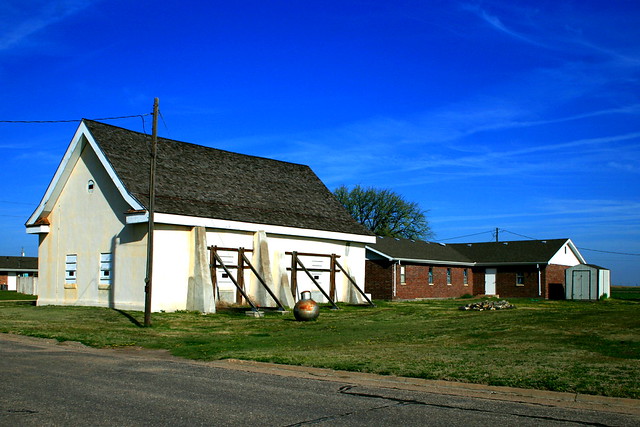
Colorado Volunteers
On Memorial Day, we remember the sacrifices of individual soldiers. It’s worth remembering that the battles they fought were not the only factor in victory or defeat. Civilian morale plays a key role in many wars, as does munition manufacture or international trade.
But today I want to think about the importance of logistics. We tend to overlook logistics by focusing on battlefield heroism. Sometimes the battlefield gets the story wrong.
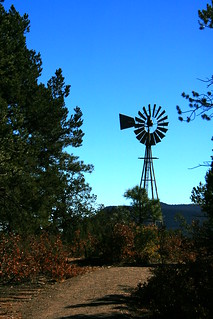
Windmill Hill
The Battle of Glorieta Pass was the decisive engagement in the trans-Pecos theater of the Civil War. The idea of the New Mexico campaign is pretty simple. Confederate Brigadier General Henry Hopkins Sibley and his Texan volunteers would drive up the Rio Grande to Albuquerque and Santa Fe. From there, they planned to cross the mountains at Glorieta Pass, moving eastward along the Santa Fe Trail (roughly modern I-25). The rebels would resupply by seizing the major supply base at Fort Union and then move on to take the rich mines of Colorado. The campaign would also disrupt Union communications with California, Nevada, and Oregon.
The key to the campaign was logistics. The Confederates would have a long supply train stretching back to El Paso, and they needed to seize Fort Union to make the plan work. The Union commander, Colonel Edward R. S. Canby, understood the situation well. Though he “lost” every battle, he won the campaign. The Confederates lost their supply train, forcing them to retreat back down the Rio Grande. After taking a desperate escape route through the mountains, less than half of the Texans found their way home to Fort Bliss.
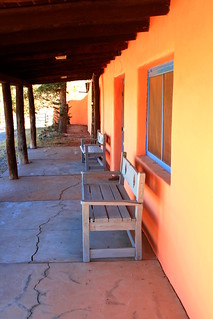
Kozlowski’s Ranch
The decisive moment came over three days at Glorieta Pass, March 26-28, 1862. On the third day, Canby split his forces in the face of the enemy. Almost half of his troops marched over Glorieta Mesa to the Confederate rear, where they destroyed the rebel supply train. The other half of the Union forces fought a delaying action. They gradually gave ground to Sibley’s Texans while remaining in good order and holding a position across the Santa Fe Trail.
The National Park Service notes that both sides suffered high losses (about 15% killed, wounded and captured). It also claims the battle was a tactical Confederate victory because the rebels held the ground at the end of the day – though Colorado volunteers did “save the Union” here.
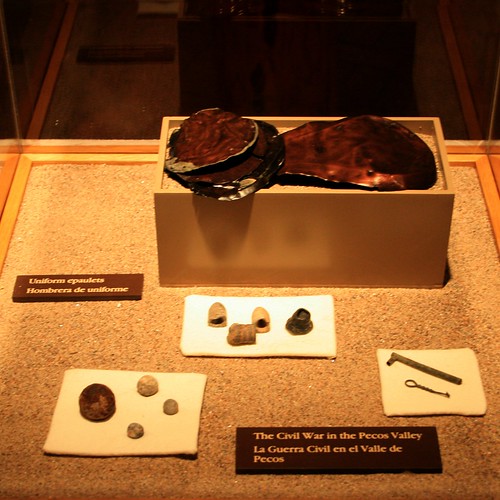
Civil war artifacts
Those claims miss the point: the ground of Glorieta Pass didn’t matter. The supply train did. Destroying the Confederates’ supplies while keeping the rebels away from Fort Union made this a decisive Union victory.
Don’t believe me? Look up pages 293-305 in Shelby Foote’s three-volume history of the war. He’s sympathetic to the Confederates and their strategic vision, and he always has an eye for Southern valor. Even so, Foote rightly sees logistics as key here. The fact that Canby sent almost half his men after the wagon train makes his own priorities clear.
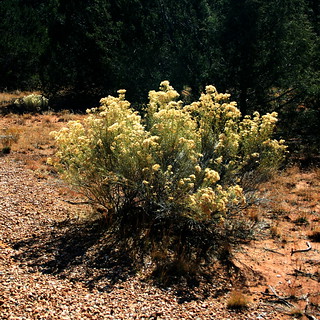
Rabbitbush on the Civil War trail
Why does the NPS get the story wrong? First, we must remember the professional mindset of military historians – they like battles. Understandably, the NPS hires military historians to develop the interpretation of military sites. That perspective leads to a view that “the Battle of Glorieta Pass represented the high water mark for a bold Confederate offensive into Union Territory on the western frontier. Here volunteers from Colorado clashed with tough Texans intent on conquering New Mexico.” Battlefield heroism rules.
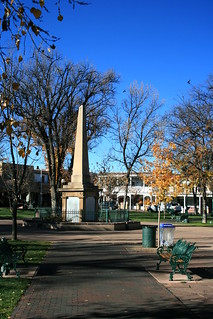
Plaza of the Governors
Second, the NPS inherited a particular landscape of memorialization here. The Texas Division of The United Daughters of the Confederacy got to the site first. They erected a monument on the battlefield in 1939, in belated recognition of the Texan centennial. It took Colorado more than fifty years to follow suit, with a State Historical Society monument erected in 1993. New Mexico recognizes its soldiers on an obelisk in downtown Santa Fe, honoring “the heros of the Federal Army who fell at the battles of Cañon del Apache and Pigeon’s Rancho (La Glorieta), fought with the Rebels March 28, 1862.” All three monuments celebrate the battlefield heroism.
Park advocates share an interest in battlefield bravery. The site had remained in private hands until the Glorieta Battlefield Unit of Pecos National Historic Park was established in 1990. The Glorieta Battlefield Preservation Society, a group of regional Civil War reenactors, worked to preserve the site. The Council of America’s Military Past, the United Daughters of the Confederacy (UDC), and other military heritage groups worked with them.
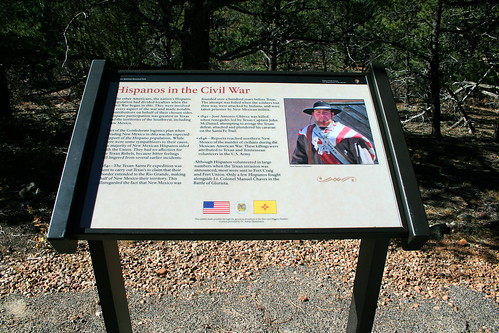
Hispanos at Glorieta Pass
When the NPS took over in 1990, that heroism lay across the landscape in roadside signs and memorials. Park advocates provided funding for the interpretive trail and most of the signs the visitor sees. Signs funded by Texan and Confederate groups highlight the bravery of Sibley’s troops. Signs placed by the State of New Mexico highlight the role of Hispanos, New Mexican Volunteers, and U.S. Regulars.
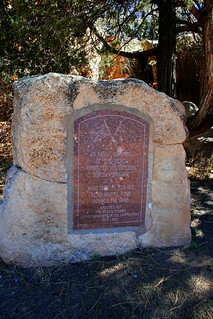
Texas Mounted Volunteers
The UDC provided some of the text on its signs, and local history enthusiasts provided text on some New Mexico signs. The UDC even thanks itself on one NPS-branded sign:
The Texas Monument honors the Texans who fought here and praise is due the Texas Division, UDC members for their perseverance and determination to dedicate this monument and establish the first park to preserve the memory of the Battle of Glorieta Pass.
Bravery, heroism, perseverance, and determination are all fine military qualities – – but don’t forget to burn the wagon train.
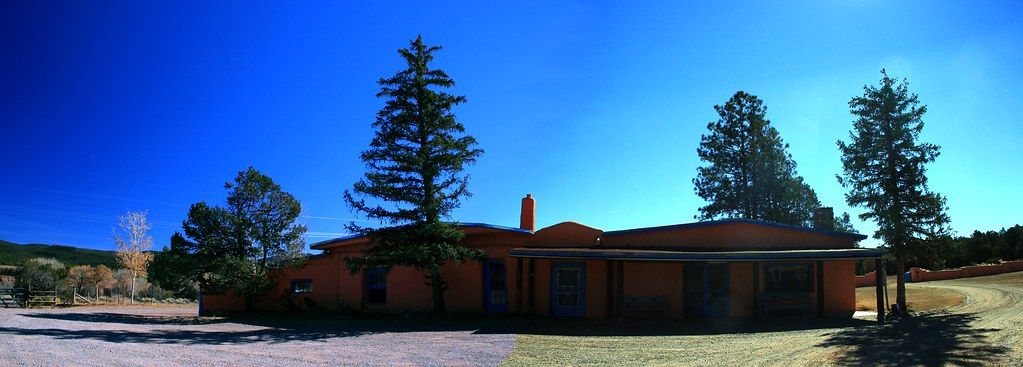
Kozlowski’s Ranch served as field hospital
This post draws on material from my book manuscript, Telling America’s Stories: How the National Parks Interpret Westward Expansion.
For another piece on how the NPS interprets the Civil War, see
“How the Cherokee Fought the Civil War,” Indian Country Today, 28 March 2012.








